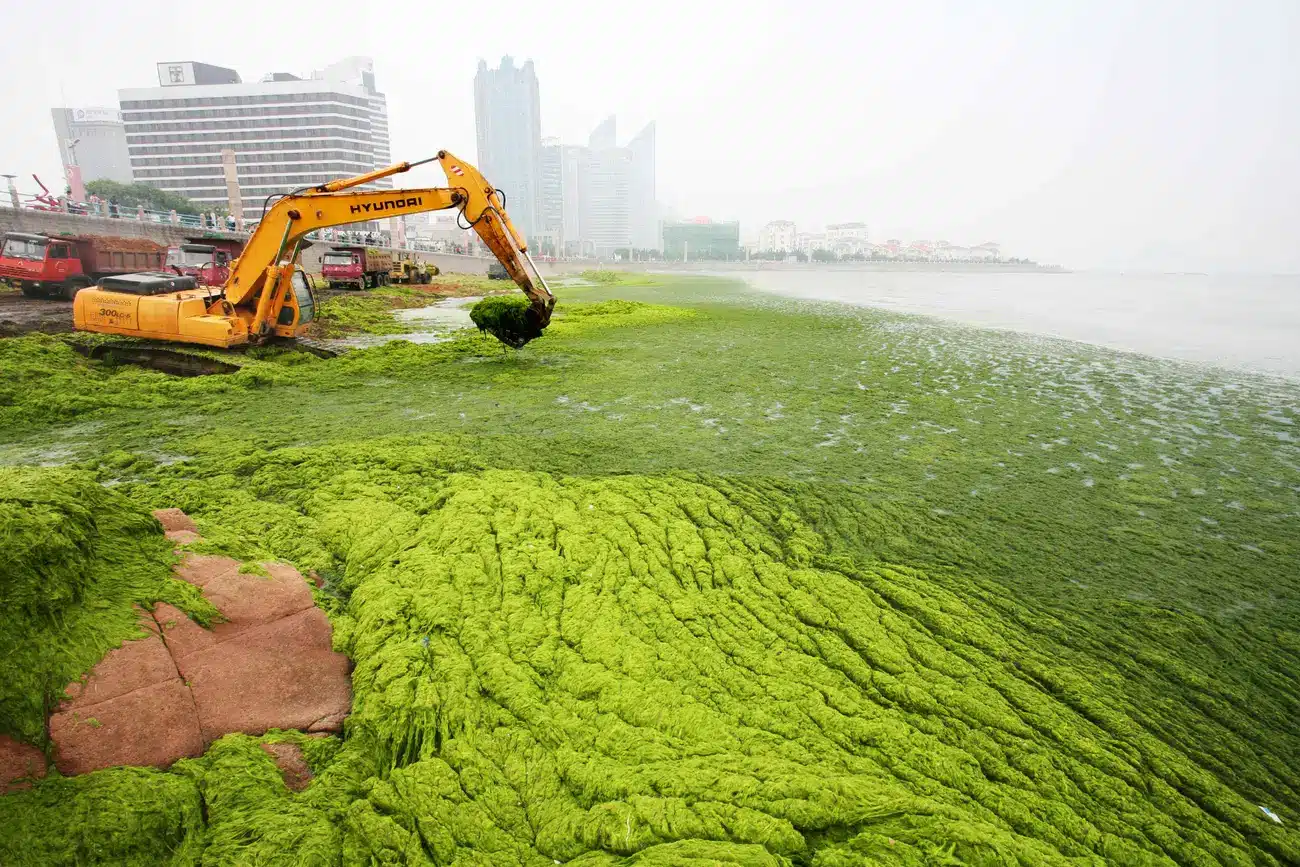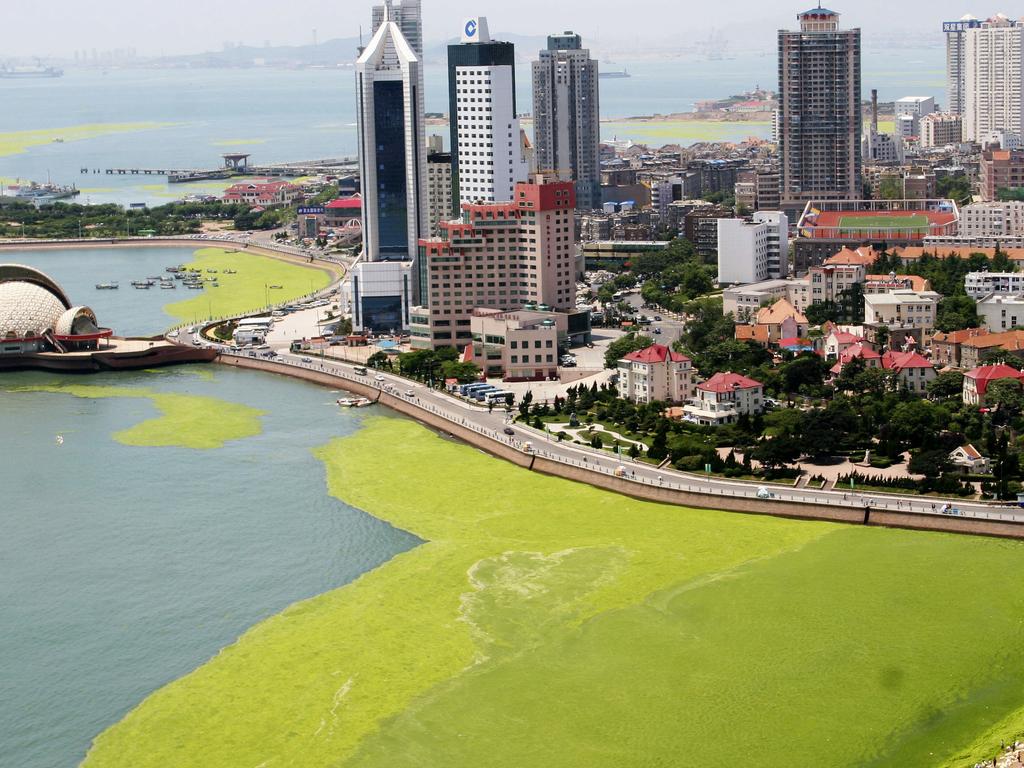The Olympics, one of the most carefully prepared events in the world, stands as a testament to human excellence and precision. Yet, despite such meticulous planning, unforeseen threats can still emerge. One such challenge is algal blooms, which have disrupted past Games and made headlines.
At LG Sonic, we are dedicated to advancing water quality management to address these often-overlooked issues. Let’s explore how these blooms have impacted previous Olympics and how our innovative solutions can help prevent such disruptions in the future.
Shocking Algal Blooms at the Beijing Olympics: Soldiers Mobilized to Deal with the Emergency
In 2008, the Beijing Olympics were thrown into chaos when a massive green algae bloom, Ulva prolifera, overtook Qingdao’s sailing venues. The algal blooms covered extensive areas of the sailing venues, making it difficult for boats to navigate and complicating the training and competition for sailors.

Nathan Wilmot and Malcolm Page of Australia’s 470 men’s sailing team navigate through algae on the sailing course at the Beijing Olympics in Qingdao. Photo credit: Australian Sailing Team/AAP
Preparations for sailing teams from 30 countries faced significant disruption, casting serious doubts on whether the algae could be cleared in time. Over 10,000 workers, volunteers, and even soldiers were mobilized to clear algae that had spread across 32 percent of the coastal sea area designated for the sailing events.

In Qingdao, China, military officers and local citizens are cleaning a beach heavily affected by a severe algal bloom, reported as the worst on record. Photo credit: Reuters
The economic impact was profound, significantly affecting local tourism and the fishing industry, and raising concerns about the viability of hosting such competitions under these conditions. Beijing had to spend over US$100 million on a massive clean-up effort to tackle the crisis.
Ultimately, around 1 million tons of algae had to be removed from the affected areas. For this monumental task, the national government needed to mobilize resources from nine provinces to provide the necessary equipment and manpower.

Heavy machinery is used to remove algae from the coastline of Qingdao, Shandong province. Credit: Reuters/China Daily
Diving Pool Turns Green: Rio Olympics Scandal
The Rio 2016 Olympics experienced a unique challenge when the diving pool inexplicably turned a murky green. This color change was attributed to a chemical imbalance and algae growth.

The Olympic pool at the 2016 Rio Olympic Games turned green, creating a surprising scene during the competition. Photo credit: Antonio Bronic, Reuters
The “embarrassing” emerald green water sparked a frenzy of speculation and concern, overshadowing the competitive events with questions about water quality and maintenance standards. The incident drew significant media attention and underscored the critical need for effective water quality management.
The Role of Advanced Water Quality Solutions
These historical incidents demonstrate the profound impact that algal blooms can have on major events. At LG Sonic, we recognize the need for effective management to prevent such disruptions. Our advanced water quality management solutions utilize eco-friendly ultrasound technology that eliminates algae without chemicals, ensuring minimal environmental impact.
LG Sonic’s systems offer precise, real-time monitoring to accurately predict and address algae growth before it becomes a problem, maintaining the quality and integrity of your water systems. With our innovative technology, organizations can address algae-related issues proactively for a wide range of applications, ensuring smooth operations and mitigating the risks associated with algal blooms.
